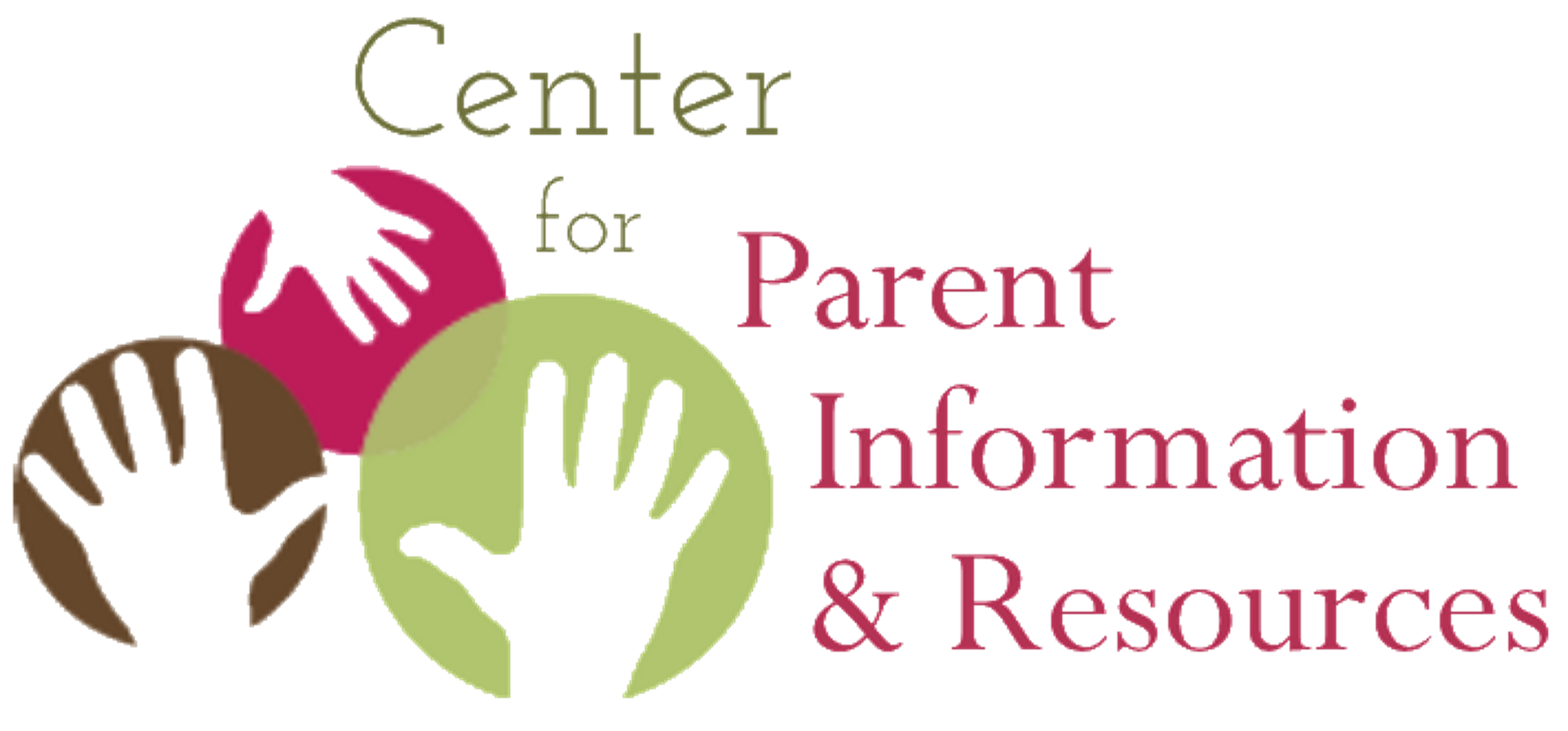State Laws on School Nursing Responsibilities
Child Trends, in partnership with EMT Associates, analyzed the landscape of state statutes and regulations as of October 2021 to better understand how state laws and policies define the role of school nurses. This 2022 brief presents their findings.
Knowing your state’s school nurse policies is important to practitioners, Parent Centers, families, and education administrators and staff alike. The brief details state policies on such matters as whether districts must employ school nurses, what qualifications are required, and nurses’ role in individual aspects of the work.
Additionally, the brief provides current data on state policies for a school nurse’s role in: managing chronic conditions; administering medication; developing and managing student health plans; student immunizations; and infectious disease control. Read CPIR’s abstract and access the brief here.

